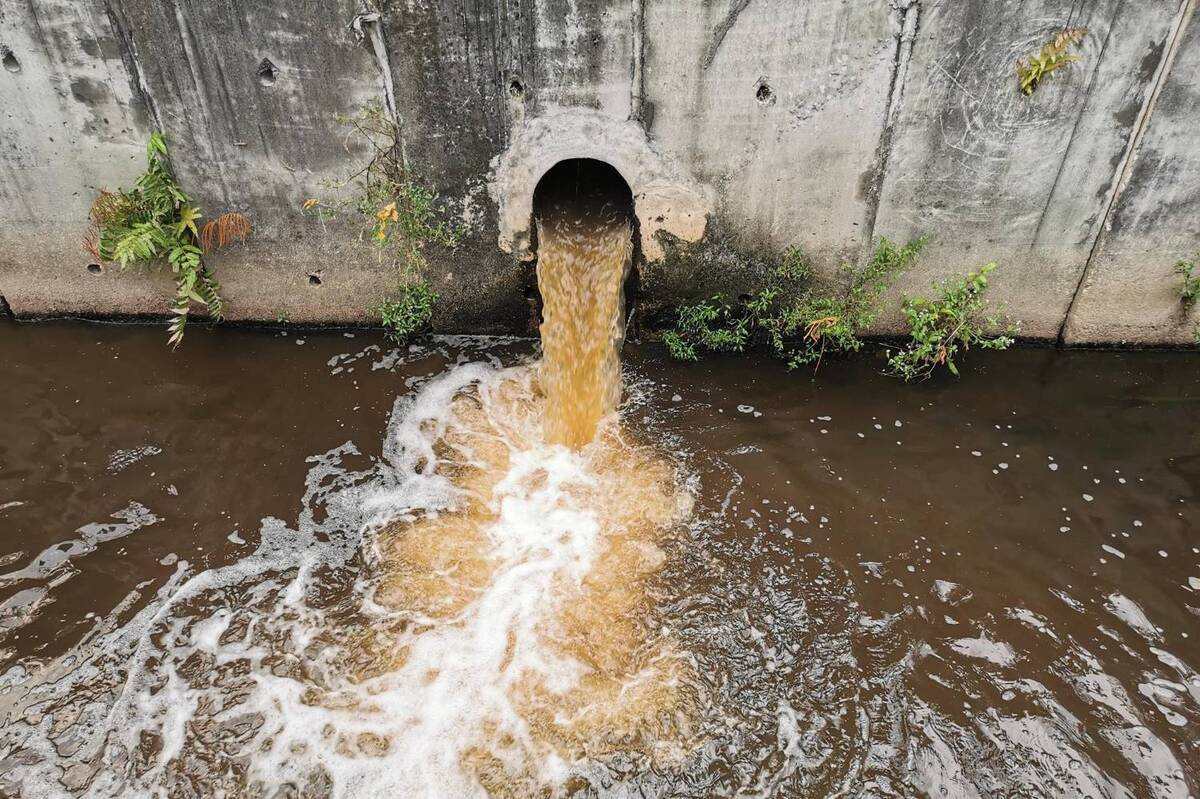Scientists Identify New Method of Extracting Chemicals from Wastewater

The study, conducted by researchers from the Shenzhen Institute of Advanced Technology (SIAT) of the Chinese Academy of Sciences, Harbin Institute of Technology and other institutes, was recently published in the journal Nature Sustainability.
In this study, the researchers set out to convert pollutants from wastewater into semiconductor biohybrids directly in the wastewater environment.
The concept involves utilizing the organic carbon, heavy metals and sulfate compounds present in wastewater as the raw materials for constructing these biohybrids, and subsequently converting them into valuable chemicals using sunlight.
The researchers selected a fast-growing marine bacterium, Vibrio natriegens, which has exceptional tolerance for high salt concentrations and a capacity for utilizing various carbon sources.
They introduced an aerobic sulfate reduction pathway into Vibrio natriegens in order to biosynthesize functional semiconductor nanoparticles in Vibrio natriegens to assemble semiconductor biohybrids from wastewater.
The nanoparticles can increase the synthesis efficiency of biohybrids and the conversion of organic matter in wastewater by absorbing the extra energy generated by sunlight, said Gao Xiang, a researcher at the SIAT.
"This work can bring solar-driven biomanufacturing and waste-to-wealth conversion one step forward and pave the way to cleaner production and circular economy," said the study.
4155/v





















